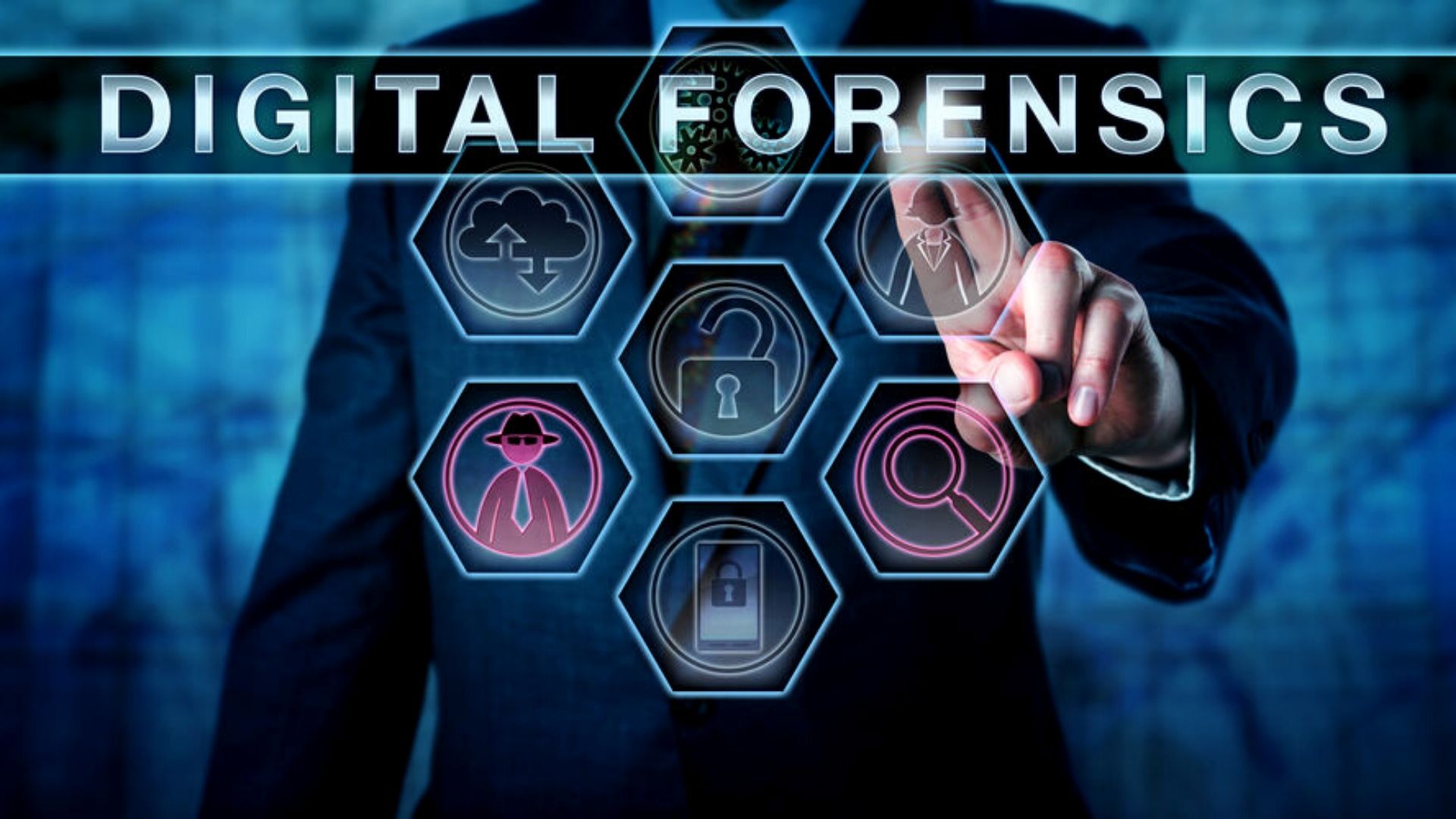Introduction to Cyber Forensics
Introduction to Cyber Forensics
Cyber forensics, also known as digital forensics, is a crucial field in today’s digital age. With the increasing prevalence of cybercrimes, it has become essential to have the tools and techniques to investigate and analyze digital evidence. In this article, we will explore some popular tools that are used in cyber forensics to uncover vital information and aid in digital investigations.
Importance of Cyber Forensics in Digital Investigations
Importance
Digital investigations play a critical role in solving cybercrimes and ensuring justice in the digital realm. Cyber forensics enables investigators to collect, preserve, and analyze digital evidence, which can be used to identify perpetrators, gather intelligence, and support legal proceedings. The tools used in cyber forensics are designed to uncover hidden information, recover deleted files, and track digital footprints, making them invaluable in the fight against cybercrime.
Understanding the Digital Crime Scene
Digital Crime Scene
Before diving into the tools and techniques used in cyber forensics, it is essential to understand the concept of a digital crime scene. Just like a physical crime scene, a digital crime scene contains valuable evidence that can be collected and analyzed. However, in the digital world, evidence can be easily modified or destroyed, making it crucial for investigators to employ specialized tools to preserve and extract digital evidence accurately.
Key Principles and Methodologies in Cyber Forensics
Key Principles and Methodologies
Cyber forensics follows a set of key principles and methodologies to ensure the integrity and admissibility of digital evidence. These principles include the proper documentation and chain of custody of evidence, maintaining the original state of the evidence, and conducting a thorough analysis using validated tools and techniques. By adhering to these principles, cyber forensic investigators can ensure that their findings hold up in a court of law.
Forensic Analysis Techniques and Tools
Forensic Analysis Techniques and Tools
Forensic analysis techniques and tools are at the core of cyber forensics. These tools are designed to extract and analyze data from various digital devices such as computers, smartphones, and storage media. Some popular forensic analysis tools include EnCase, Forensic Toolkit (FTK), and Autopsy. These tools provide investigators with the ability to recover deleted files, examine internet browsing history, and analyze system logs, among other functionalities.
Network Forensics Tools and Techniques
Network Forensics Tools and Techniques
Network forensics focuses on analyzing network traffic to identify and investigate potential security breaches or unauthorized activities. Tools such as Wireshark and NetworkMiner are widely used in network forensics to capture and analyze network packets, reconstruct network sessions, and detect network-based attacks. These tools help investigators understand communication patterns and identify any malicious activities within a network.
Mobile Device Forensics Tools and Techniques
Mobile Device Forensics Tools and Techniques
With the increasing use of smartphones and tablets, mobile device forensics has become a critical aspect of cyber investigations. Tools like Cellebrite and Oxygen Forensic Detective enable investigators to extract data from mobile devices, including call logs, messages, location information, and app data. These tools also allow for the recovery of deleted data, providing valuable evidence in digital investigations.
Memory Forensics Tools and Techniques
Memory Forensics Tools and Techniques
Memory forensics involves the analysis of a computer’s volatile memory to retrieve valuable information that may not be accessible through traditional file system analysis. Tools like Volatility and Rekall are widely used in memory forensics to extract running processes, network connections, and encryption keys from memory dumps. These tools enable investigators to uncover hidden malware, identify active network connections, and gather live system information.
File System and Disk Forensics Tools
File System and Disk Forensics Tools
File system and disk forensics tools are used to examine storage media and file systems to recover deleted files, analyze file metadata, and identify file system artifacts. Tools like The Sleuth Kit and AccessData’s Forensic Toolkit (FTK) are commonly used in file system and disk forensics. These tools assist investigators in reconstructing file structures, identifying file timestamps, and recovering data that may have been intentionally or accidentally deleted.
Cloud Forensics Tools and Techniques
Cloud Forensics Tools and Techniques
Cloud forensics involves the investigation of digital evidence stored in cloud environments such as Google Drive, Dropbox, and Microsoft OneDrive. Tools like Magnet AXIOM and Paraben’s E3 Platform are specifically designed for cloud forensics, allowing investigators to analyze cloud storage, recover deleted files, and track user activities within cloud platforms. These tools prove invaluable in cases where digital evidence is stored in remote servers.
Internet of Things (IoT) Forensics Tools and Techniques
Internet of Things (IoT) Forensics Tools and Techniques
As the Internet of Things (IoT) continues to grow, so does the need for IoT forensics. IoT devices such as smart home appliances, wearables, and connected vehicles generate vast amounts of data that can be relevant in criminal investigations. Tools like IoT Inspector and Z-Wave Sniffer are used in IoT forensics to analyze device communication, retrieve sensor data, and identify potential security vulnerabilities within IoT networks.
Legal Considerations in Cyber Forensics
Legal Considerations
When conducting cyber forensics investigations, it is essential to consider legal aspects to ensure the admissibility of evidence in court. Investigators must follow proper procedures, obtain necessary permissions, and adhere to legal frameworks specific to their jurisdiction. It is crucial to work closely with legal professionals to ensure that the investigation and evidence collection process aligns with legal requirements.
Challenges and Future Trends in Cyber Forensics
Challenges and Future Trends
The field of cyber forensics is constantly evolving due to emerging technologies and evolving cyber threats. Investigators face challenges such as encryption, data privacy, and the rapid advancement of digital devices. The future of cyber forensics will likely involve advancements in machine learning, artificial intelligence, and automation to handle the increasing volume and complexity of digital evidence.
Conclusion and Key Takeaways
Conclusion and Key Takeaways
In conclusion, cyber forensics plays a vital role in digital investigations, enabling the identification and prosecution of cybercriminals. The tools and techniques discussed in this article are just a glimpse into the vast arsenal available to cyber forensic investigators. It is crucial for professionals in this field to stay up-to-date with the latest tools, methodologies, and legal considerations to effectively combat cybercrime and protect digital ecosystems.




